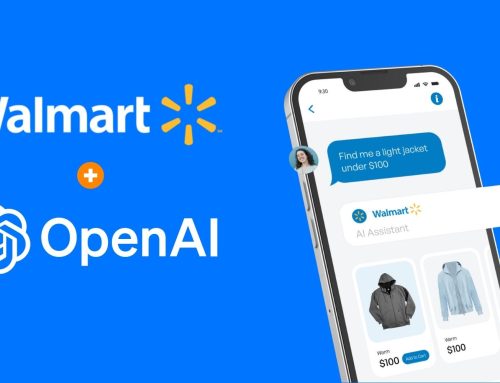By Saranya Mahadevan, Test Manager at Digivante
I have worked with ecommerce teams of every size, from ambitious scale-ups to global brands. One thing I see time and again is that testing gets treated as a checkbox. People know they need it, but they are not always sure when it matters most.
In reality, the timing of testing can make or break a launch. When it is done too late or skipped entirely, issues slip into the live site and show up in the worst possible way, in front of customers. Here are the moments I have seen where testing adds the most value, based on real-world experience.
Catching ambiguity at requirements stage
The earliest place testing adds value is the requirements stage. If requirements are unclear, the wrong thing gets built. I once worked with a client where promotional code rules weren’t properly defined. Everything looked fine in the build until we tested edge cases, and the promo logic failed. By then, time had been lost and pressure was high.
If QA is involved at this stage, we can ask the right questions early. For example: what happens if a user applies two codes? What is the fallback if one system fails? This is where weeks of rework and firefighting can be avoided.
Getting peak events right the first time
Peak events like Black Friday are unforgiving. Bugs that slip through at this time cost brands real money in abandoned baskets. I remember a fashion client where the promotional banner worked fine on Chrome and Edge, but collapsed on Safari mobile. That small oversight caused measurable drop-offs.
This is why I always recommend running a full regression on your top customer journeys at least six weeks before peak. And it must be done on real devices, not just in a lab. Peaks are where your margins are made or lost, so the testing has to be watertight.

Safeguarding stability after platform updates
More and more ecommerce brands are migrating CMS platforms or integrating new systems. Every time that happens, there’s a risk that existing flows quietly break.
I’ve seen this play out. One migration left desktop checkout working fine, but completely blocked Android users on certain browsers. It wasn’t caught until after launch, when customers started complaining.
Even the smallest update (a payment gateway tweak or a product feed change) can ripple out in unexpected ways. Disciplined regression testing, supported by real-world crowdtesting, is the only way to uncover those edge cases before your customers do.
Optimising checkout without creating new blockers
Checkout is the most sensitive part of the ecommerce journey. It’s also where I see the most assumptions being made.
In one checkout we tested, removing a product from the basket didn’t update the total price. Customers thought they were being overcharged and abandoned the journey. The issue was invisible to the client’s internal team but had a direct conversion impact.
The safest approach is to test checkout every single time it changes (even cosmetic updates) across real browsers, devices, and with accessibility in mind. If a flow excludes a group of customers, that’s both a conversion hit and a reputational risk.
Accessibility testing is also critical here. If the flow excludes a group of customers, that is both a conversion loss and a reputational risk.
Why ecommerce QA timing must match business risk
If you remember only one thing from me, let it be this: testing is non-negotiable before launch and after launch.
- Before launch: to ensure the change works as intended and hasn’t caused regressions.
- After launch: to validate in the real environment and confirm that systems play well together.
When you align QA with business risk like this, it stops being a “tick box” and becomes a growth driver. The teams I see doing this well are the ones who hit deadlines with confidence, reduce customer complaints, and protect revenue through reliability.
Practical takeaway from me
Build a timeline of your year and map the risk moments: peak events, major platform updates, and high-stakes launches. Focus your QA resources there first.
Even if you only commit to three milestones – your biggest trading event, your next major platform update, and your next new feature launch – you’ll already be ahead of most ecommerce brands I see.
About the Author

Saranya Mahadevan is a Test Manager at Digivante, where she works with leading ecommerce brands to improve QA, UAT and UX testing processes. With hands-on experience running large-scale regression cycles and high-stakes peak readiness programmes, she helps digital teams align testing with business outcomes.





